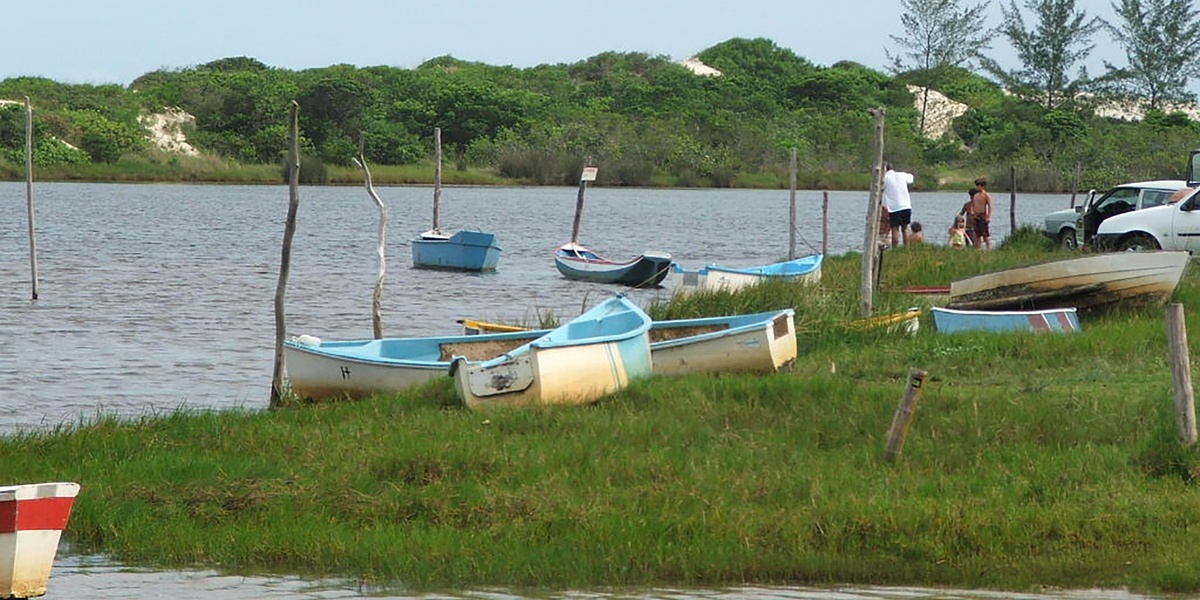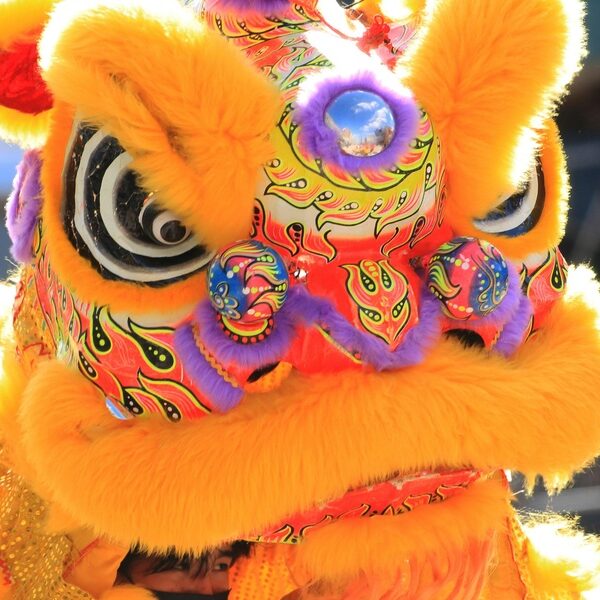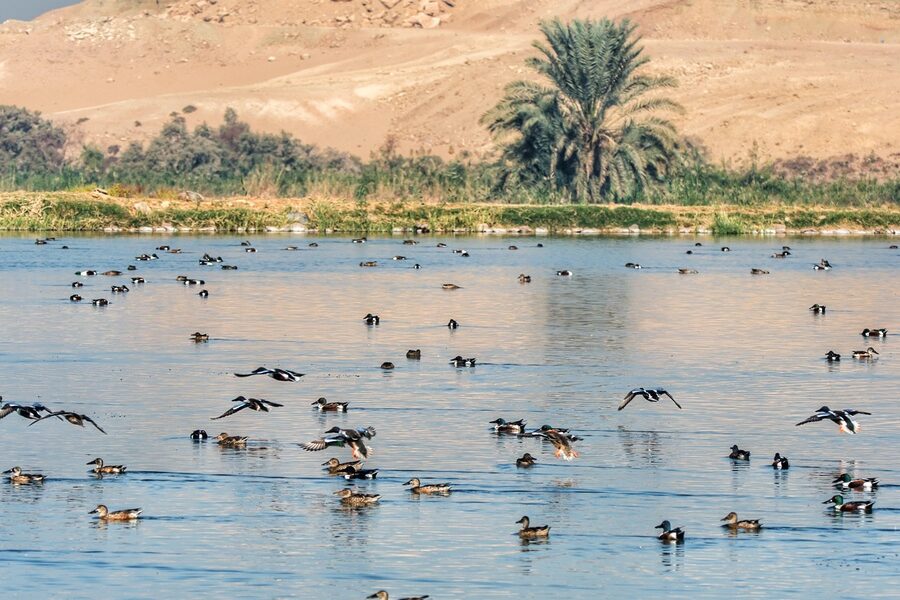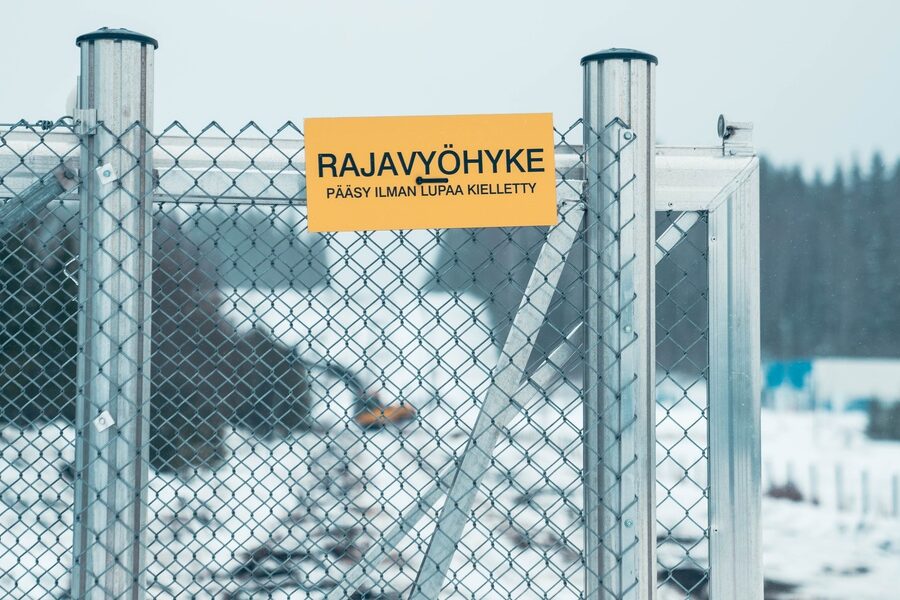Cayenne’s waterfront still echoes a 17th‑century past when European expeditions first made contact with the Guianas, leaving a patchwork of Creole, French and Indigenous influences visible today. Narrow streets, palm‑lined squares and the humid tang of the sea meet a city that feels small but layered with history.
With a population of around 60,000 and average temperatures near 27°C, Cayenne deserves attention for a rare combination: rainforest and wetlands at the city’s doorstep, a lively market culture and a Creole food scene shaped by centuries of exchange. If you’re planning a short visit, cool things to do in Cayenne can be sampled in a few compact days without long inland transfers.
Below are seven standout experiences that showcase wild landscapes, daily life and evenings that buzz—each entry is practical, accessible and chosen so you leave with a clear sense of place.
Outdoor Adventures & Wildlife
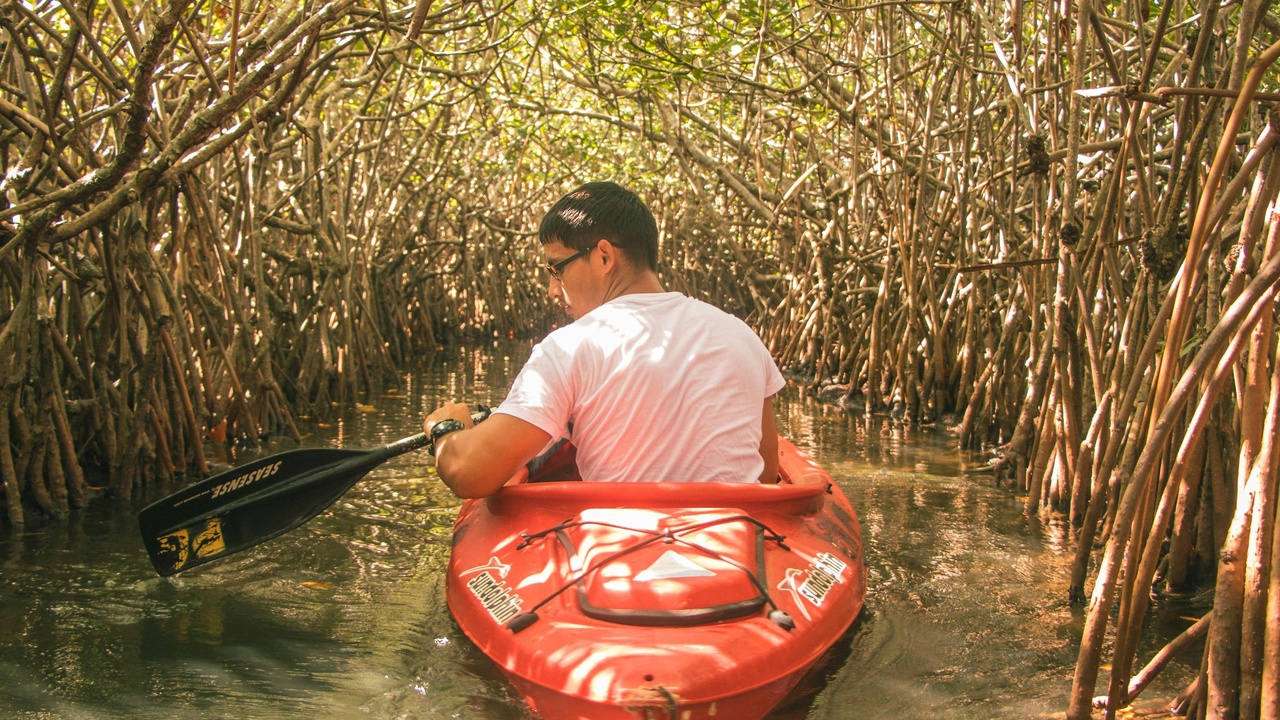
Cayenne is a genuine gateway to coastal mangroves, tidal estuaries and the vast Kaw‑Roura marshes, with warm weather year‑round and quick transfers to wild places. Boat rides from the city to nearby reserves typically take 60–120 minutes, and many guided departures—especially sunrise or dusk trips—leave directly from town or short docks nearby.
The Réserve naturelle des marais de Kaw‑Roura, established in 1998 and protecting roughly 94,700 hectares, is a standout conservation area reachable on half‑day or full‑day excursions. Expect humid air, looping mangrove roots, dawn bird calls and the occasional flash of silver fish breaking the estuary surface.
Practical tip: book sunrise or late‑afternoon departures for the best light and cooler temperatures, bring reef‑safe sunscreen, insect repellent and a daypack, and choose local guides whose fees support community conservation. Keep voices low near nesting sites, follow guide instructions and leave only footprints.
1. Kayak or boat through the mangroves of the Mahury estuary
Paddling through quiet mangroves a short drive or boat hop from Cayenne is an immediate way to feel the landscape: mirrored water, a web of prop roots and birdcalls that start before dawn. Transfers from town are roughly 30–60 minutes and guided trips commonly last 1.5–3 hours, making this an easy half‑day outing.
Beginners and families can join gentle kayak routes; photographers love the low, even light at sunrise and the reflections among the roots. Guides highlight mangrove ecology and point out kingfishers, herons and small fishes that dart at the waterline.
Safety and conservation: use reef‑safe sunscreen, avoid leaning on fragile roots, follow your guide’s distance rules around wildlife and favor locally operated outfits whose fees help protect habitats.
2. Join a turtle‑night monitoring walk at nearby beaches
Guided turtle walks let visitors witness nesting or hatching under expert supervision rather than disturbing sensitive sites. Leatherback and green turtle activity along French Guiana’s coastline peaks in spring, with the main nesting window running from March through July.
Local NGOs and community monitoring programs—groups such as Association Kwata—coordinate patrols and data collection, so joining an organized walk is both educational and a form of citizen science. Participants learn to use soft lights, keep distance from nests and record brief observations for researchers.
Practicalities: book in advance during nesting season, wear quiet shoes and dark clothing, and expect late‑evening starts. These walks are family‑friendly when led by conservation teams and create unforgettable, low‑impact encounters with sea turtles.
3. Birdwatching and wildlife spotting in the Kaw‑Roura marshes
The Kaw‑Roura marshes are among the closest spots to Cayenne where Amazonian birds and wetland species congregate. The reserve—created in 1998 and covering about 94,700 hectares—protects a mosaic of waterways and flooded savannahs that host herons, kingfishers, hoatzins and more.
Many morning tours depart from Cayenne as half‑day or full‑day boat safaris, so you can see a wide range of species without an overnight inland transfer. Bring binoculars, insect repellent, a wide‑brim hat and a zoom lens for photography.
Look for wildlife near riverbanks: the occasional giant otter or caiman shows up on quieter safaris, and local guides know seasonal hotspots. Choose operators that practice low‑impact viewing and that contribute to conservation fees.
Culture, History & Markets
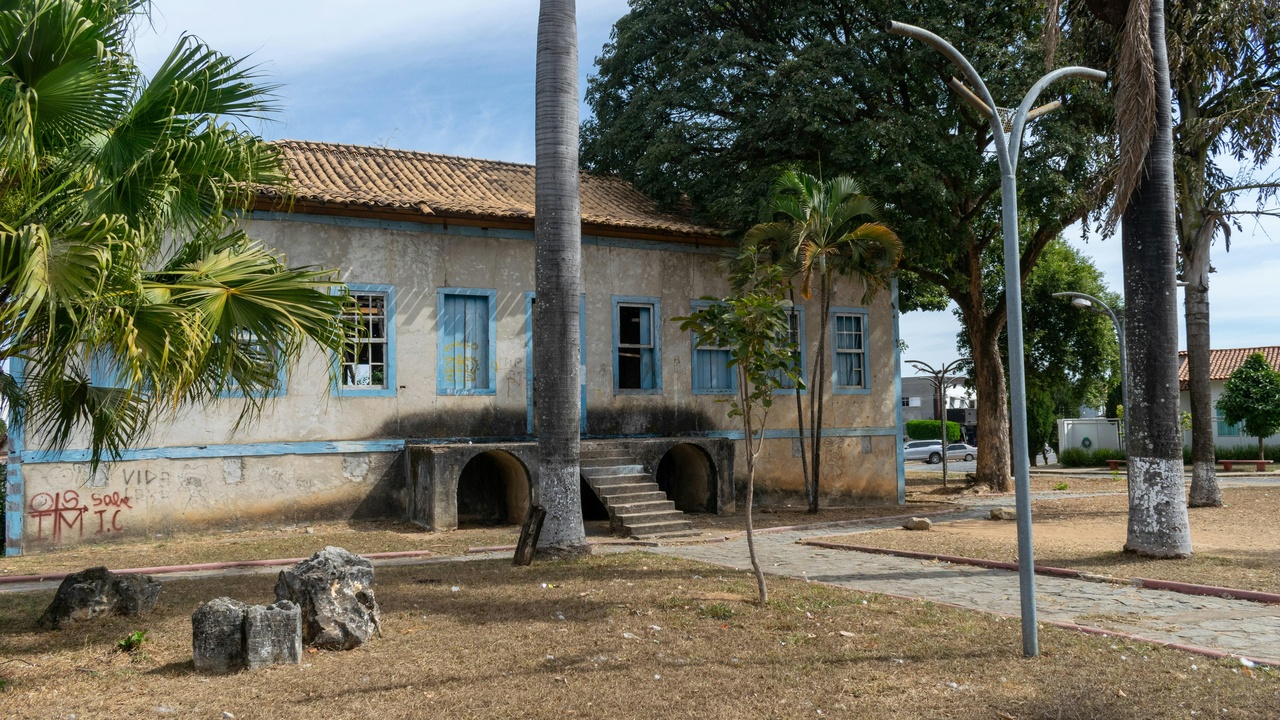
Cayenne’s cultural core is compact: colonial streets, creole storefronts and bustling markets sit within easy walking distance, so you can mix historic sights and daily life in a single afternoon. These places reveal social history, foodways and the day‑to‑day rhythms that give the city its character.
Many attractions are easy to pair—stroll a market in the morning, visit a nearby cathedral or square, then relax at a café. Respectful curiosity is rewarded here: a warm greeting, asking before photographing and small purchases go a long way.
Practical tip: schedule markets for the early hours when produce and seafood are freshest, and allow time to linger at Place des Palmistes to soak up local atmosphere.
4. Browse the Marché de Cayenne for spices, fish and crafts
The central market is a sensory highlight and an essential stop for anyone exploring the city. Stalls typically open early and run through late morning, with peak bustle between about 6:00 and 11:30 for the freshest catches and produce.
Expect fresh seafood, seasonal tropical fruits like mango and breadfruit, spices and Creole condiments such as piment and colombo blends. Look for accras sellers frying small cod fritters and vendors arranging piles of spices and smoked fish.
Use the market for a quick breakfast of fresh bread and coffee, to buy spices for home cooking, or to pick up handcrafted souvenirs. Etiquette: greet stallholders, ask before taking photos and carry small bills for easier transactions.
5. Walk the colonial streets and visit Place des Palmistes
The city center mixes 18th‑ and 19th‑century façades, public squares and palm‑lined boulevards that tell a layered story of colonial urban life. Place des Palmistes functions as a social heart, with benches, vendors and nearby colonial buildings to observe.
Look for the Cathedral of Saint‑Sauveur, colorful wooden and stuccoed façades and small museums or plaques that mark historical points. Pause at a café to watch local rhythms; a créole coffee and a pastry make for an excellent interlude.
This walk deepens a traveler’s sense of place: architecture, public life and street‑level details combine to explain how Cayenne evolved into the city you see today.
Food, Nightlife & Events
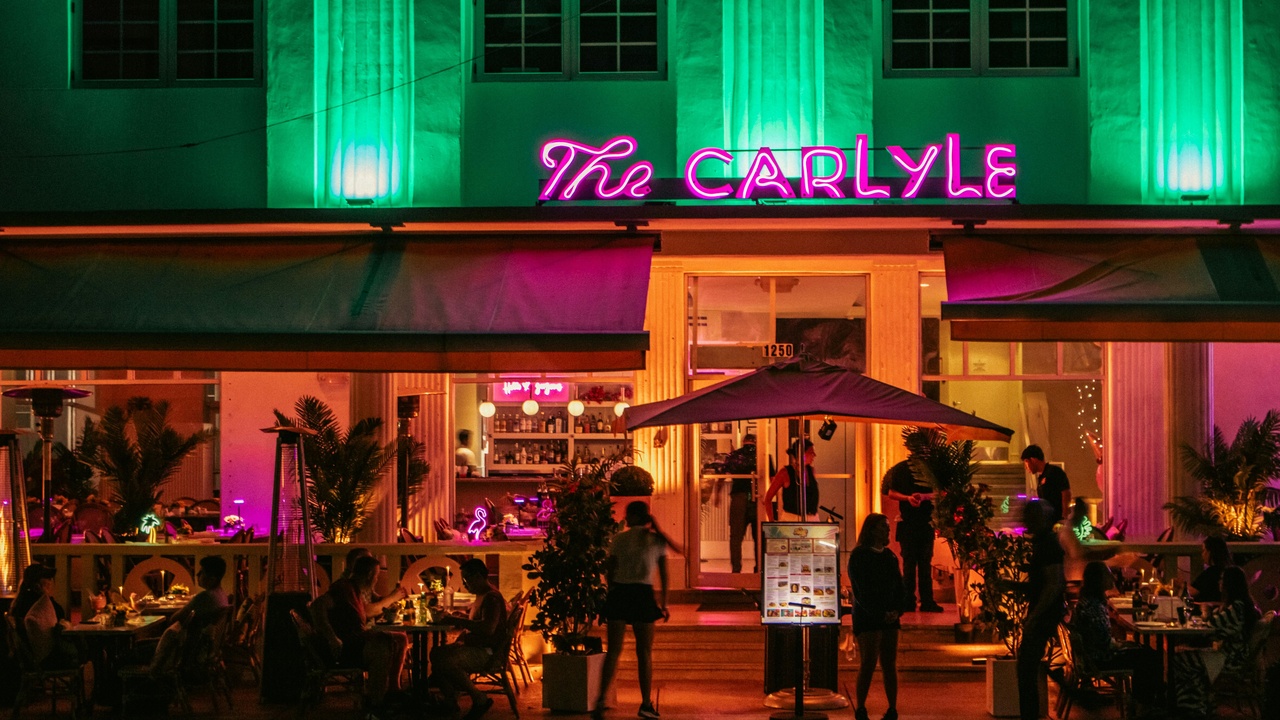
Food and evening culture are two sides of the same coin here: daytime dining introduces Creole and French‑Guianan flavors, while nights bring live music, waterfront bars and seasonal spectacles like Carnival. Carnival season builds over several weeks with major parades and events in February–March before Lent.
Taste local dishes at market stalls or family run eateries by day, then seek out small bars and live‑music nights on weekends. Typical genres include zouk, biguine and salsa‑influenced sets that reflect the region’s Caribbean and South American ties.
Timing tip: check local listings for weekly gigs and book ahead during Carnival and other festival weekends. For evenings, prefer licensed taxis or arrange hotel transfers for late returns.
6. Eat Creole — bouillon, accras and local seafood
Creole cuisine is one of Cayenne’s best ambassadors: hearty, fragrant and full of local ingredients. Signature dishes include bouillon, a rich Creole soup; accras, salted cod fritters; and simply grilled fish served with Creole sauces.
Many neighborhood eateries open for lunch and close in the late afternoon, so midday is prime for sampling market stalls or family run rowshacks. Pair a bowl of bouillon or grilled seafood with a local rum arrangé or a fresh tropical juice.
Food here reveals cross‑cultural influences: French techniques alongside Indigenous and African ingredients make plates that are familiar and surprising at once. Vegetarian and seafood options are widely available; ask stall vendors for preparation details when you have allergies.
7. Catch live music or a Carnival night for local rhythm and culture
Cayenne’s evenings can be lively: small bars host local bands playing zouk, biguine and salsa‑tinged sets, and waterfront venues sometimes bring DJs for late nights. Weekend music nights are a reliable way to hear local talent up close.
Carnival peaks around February–March with parades, costume groups and public dances—an immersive chance to see neighbors celebrating together. Visitors should observe, ask before photographing performers and join public dances only when invited.
For safety, use official taxis or hotel‑arranged rides after late shows and keep valuables secure. Check local event calendars for special programming during Carnival and cultural festivals.
Summary
- Combine short excursions to the mangroves or Kaw‑Roura (half‑day boat safaris or dawn kayak trips) with city time to experience both wild and urban sides of Cayenne.
- Visit Marché central early for the freshest seafood, spices like piment and colombo blends, and lively market breakfasts that reveal Creole foodways.
- Book guided turtle walks and wildlife tours through local organizations (for example, groups like Association Kwata) to support conservation while enjoying meaningful encounters.
- Plan evenings around live‑music nights and, if you can, schedule travel during Carnival (weeks before Lent, peaking in February–March)—but book tours and events in advance during high season.
- Pick two or three of these Cayenne experiences—mangrove paddling, market browsing and a Creole meal is a strong short itinerary—and then return another time to go deeper.

